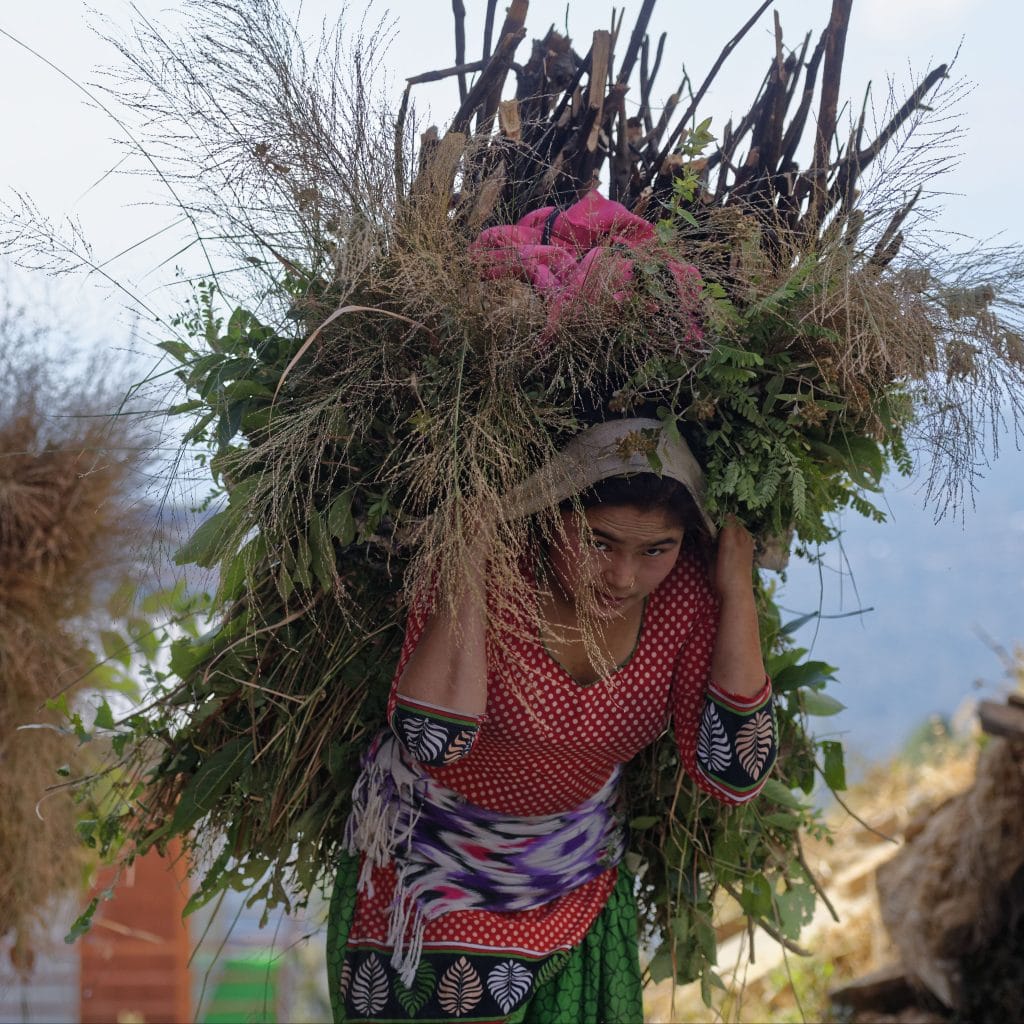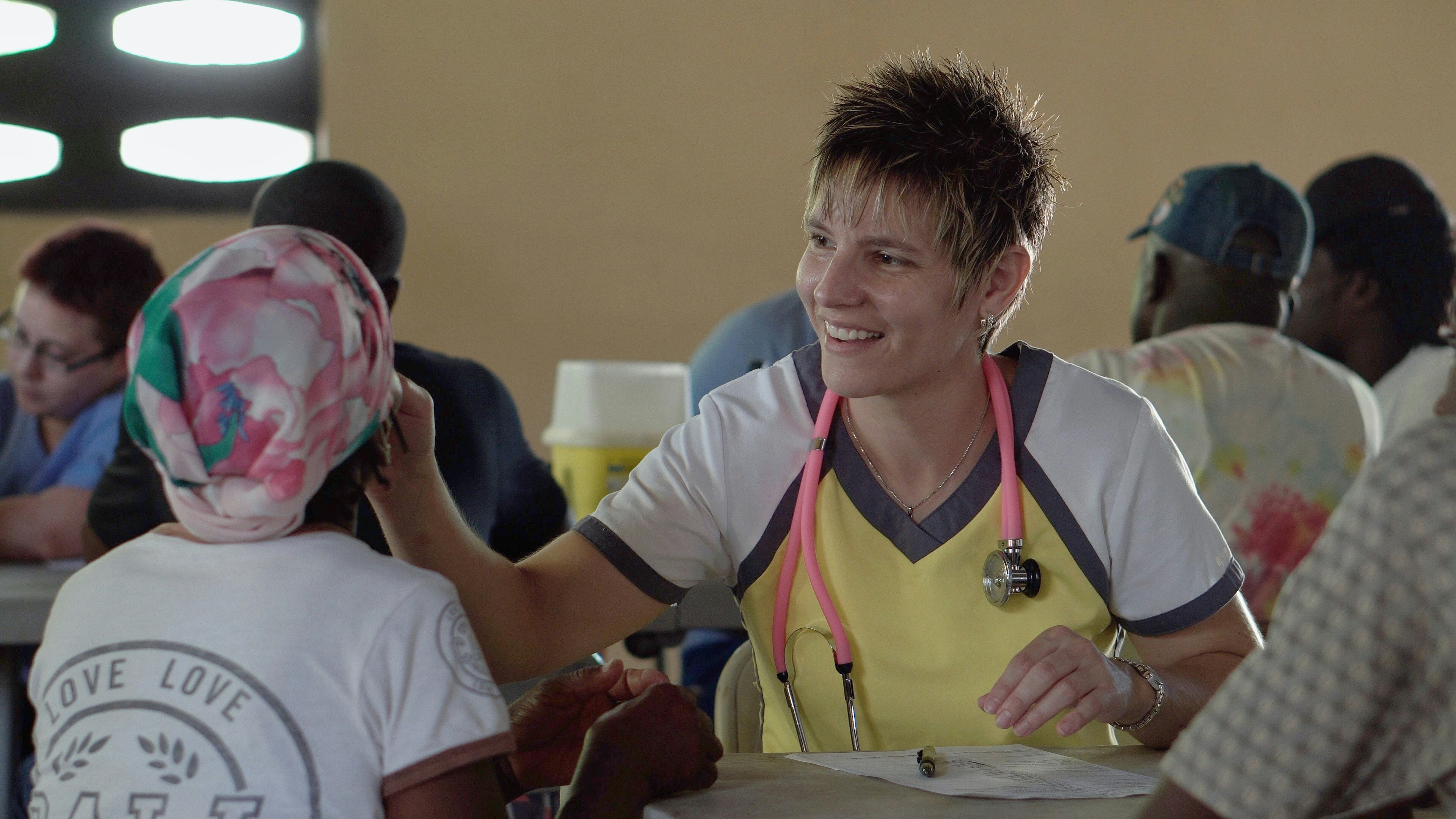Worldwide, 30% of young women are not in employment, education or training (NEET). And in many countries around the world, the rates among young women in rural areas are much higher than their male peers and their urban counterparts.
In Afghanistan, the youth NEET rate among rural women is nearly 70%, compared with a rate of 18% for young men. That’s a gap of more than 50 percentage points, the widest out of the 58 countries for which ILOSTAT data exists at this level of detail.
Pakistan, Guatemala and Honduras were also among the countries with the largest gender gaps, with young women’s NEET rates at least 30 percentage points above those of young men. Meanwhile, gaps between rural and urban youth were more modest, with differences typically under 10 percentage points.
Considering gender gaps in indicators such as the share of youth NEET is important since women disproportionately shoulder household tasks like childcare, looking after the ill and elderly, cooking, fetching water and gathering firewood. The impact is even bigger for rural women who spend more time in these types of activities, particularly in areas lacking basic utilities like piped water and electricity.
An ILO report that took a deep dive into unpaid and paid care work found persistent gender inequalities and concluded that women and girls living in low-income countries, in rural areas, with a low income and low level of education undertake a disproportionate share of unpaid care work.
The International Day of Rural Women aims to recognize “the critical role and contribution of rural women, including indigenous women, in enhancing agricultural and rural development, improving food security and eradicating rural poverty.” This demonstrates the need for the international community to work with women and girls to get them into education, training and decent jobs.
And while demographic patterns are changing – UN projections show that the proportion of people living rurally is forecast to fall in almost every region – 40% of the world’s population will still live in rural areas in 2030, underscoring the need to shine a spotlight on the labour market realities in these areas.













